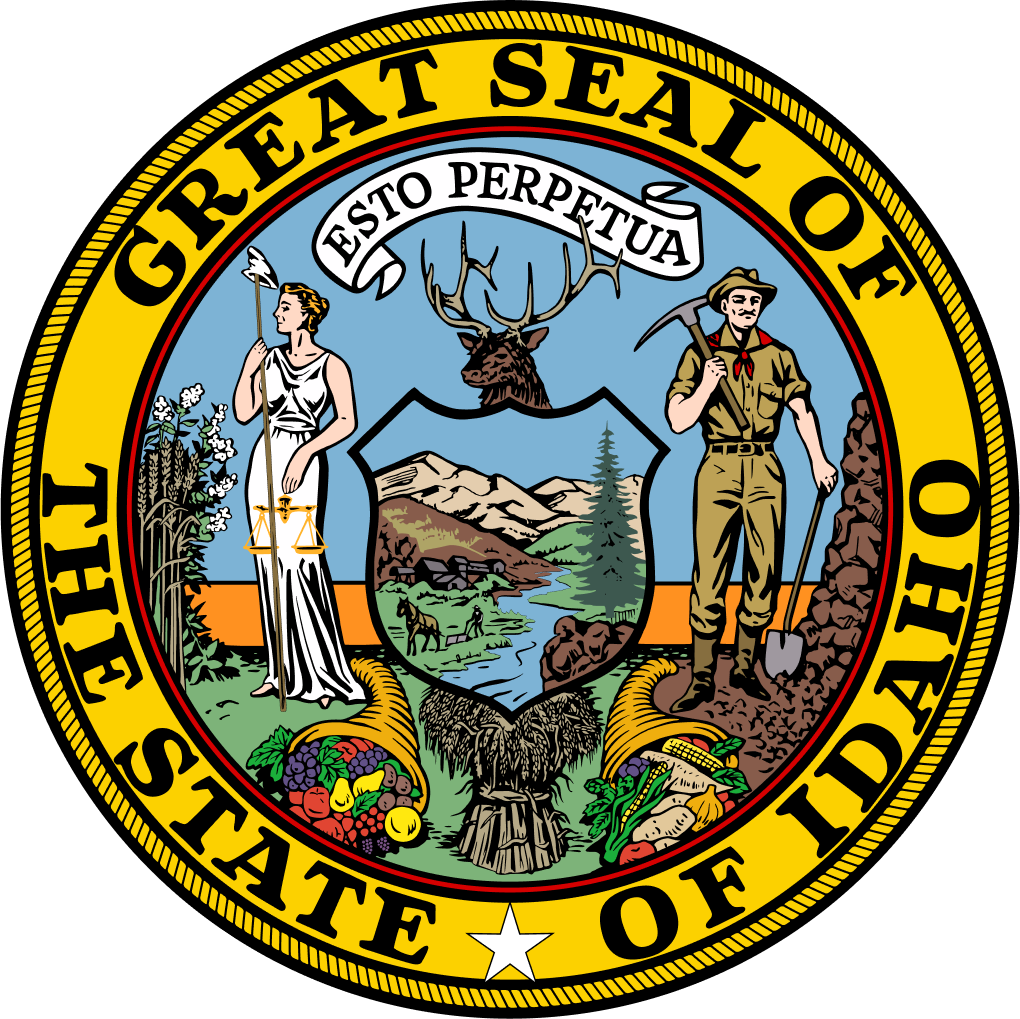- AWS›
- Become a partner
AWS Partner Network
Grow your business with Amazon Web Services
Build and scale with the AWS Partner Network
The AWS Partner Network (APN) is a global community of organizations that leverage AWS technologies, programs, funding, and tools to build solutions and services for customers.
With an expansive network of AWS Partners spanning 198 countries, we're transforming business across every continent. Together, Partners and AWS deliver tailored solutions when and where customers need them. From pioneering startups to small businesses and global enterprises, our diverse Partner community features thousands of Software and Services Partners.
Why become an AWS Partner?
Innovate with the latest AWS cloud services to deliver personalized solutions to customers.
Innovate with the latest AWS cloud services to deliver personalized solutions to customers. Whether you’re looking to build a single or multi-product solution, resell with AWS, or deliver training, professional, or managed services, the APN provides comprehensive technical and business support to accelerate your go-to-market strategy.
Independent Software Vendors (ISVs), Data Providers, and Consulting Partners can showcase and sell their solutions to millions of AWS customers worldwide.
Through streamlined procurement processes, enhanced visibility, and dedicated support, AWS Marketplace empowers Partners to build, market, and scale their offerings while reaching a global customer base.
The AWS Partner Profitability Framework powers your growth at every stage. Whether you're reselling AWS solutions or delivering enterprise-scale transformations, you'll find programs, incentives, and tools to enhance your go-to-market strategy, increase visibility, streamline co-selling and maximize profitability every step of the way.
Become an AWS Partner
1
Sign in and register
Sign in to the console and complete AWS Partner Central registration to join the AWS Partner Network (APN).
2
Differentiate your business
Enroll in Partner Paths and leverage Partner programs to differentiate your go-to-market strategy, build AWS expertise through certifications, and drive profitability by capturing new revenue streams.
3
Scale with AWS Marketplace
Sell or resell software and professional services in AWS Marketplace to expand customer reach, accelerate deals, and boost revenue.
Next, co-sell with AWS to accelerate sales pipeline and collaborate with AWS sales teams and other Partners.
What's new
Partner success with AWS
Discover how AWS Partners around the world are driving innovation for their customers.




